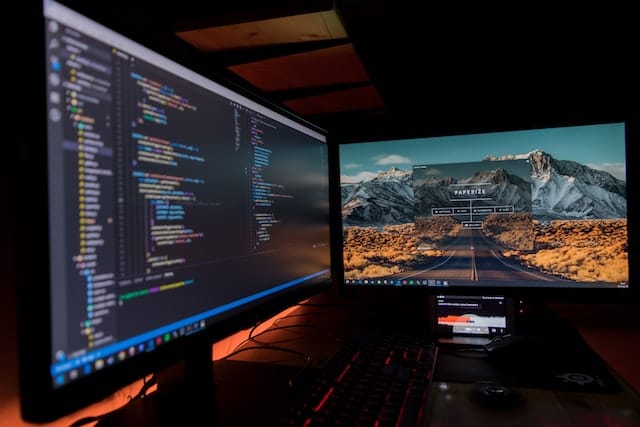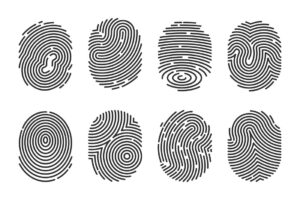Game development is difficult, so a masterpiece takes time. According to the $220.79 billion gaming industry, 3.09 billion people play video games regularly, or two out of five people worldwide. Despite their promises, not all game development companies can manage and streamline game production.
How does game development work?
A game developer may be a programmer, sound designer, artist, designer, or one of the other many professions in the field. A large game development company or a lone individual can both work on game development. It is entirely up to you how big or how small it is.
Game design, development, testing, and publication comprise the craft of creating video games. Globally, game designers begin with concept generation and then focus on game mechanics, rewards, and player engagement techniques. You may call something a “game” if the player can interact with the content and control the game’s mechanics.
Discover the stages of game development and how to locate a trustworthy partner for creating custom games here.
Game Development Stages
Pre-production, production, quality control, launch, and post-production maintenance are the five main stages of the game development process.
Stage 1. Pre-production
Businesses frequently bypass the planning phase of the game development procedure. Managers and product owners define the project’s objectives and business plan, as well as the roadmap outlining the project’s core concept. It is essential to compile detailed specifications for upcoming products, including technical details, specific features, etc. This phase includes market, competitor, and target audience analysis, platform selection, resource allocation, and risk evaluation. Following the conclusion of requirements gathering, a comprehensive Game Design Document is created in preparation for production.
Stage 2. Production
The second stage is production, where the actual work is done using the concepts and data gathered during the pre-production work.
Prototyping
To create a massive product, artisans and significant funding are needed. The initial stage of production is prototyping, during which playtests of the key gameplay mechanics are created.
Making visual content
This stage, which is heavily influenced by the required game format — 2D or 3D — has a substantial effect on the amount of time necessary to create a game. Included in the visual content are characters, objects, the environment, and game assets.
Sculpting, texturing, rigging, and animation are typical stages involved in the development of 3D video games. Polygonal modelling is a frequently required additional step.
Even though a 2D and 3D game development company integrates both formats, 2D visuals require less advanced technology and less time to create sketches, colouring, and animation.
Creation of game-level design
To create level transitions between levels, designers also create game mechanics, an economy design for the game, a plot, and useful details like hints that label new mechanics and guide players through the game. The creation of the game levels’ logic, which varies depending on the genre, happens at this crucial stage. For instance, making completing a linear quest more challenging.
Voice acting and audio production
A compelling game design should include captivating audio. It has unique sound effects to indicate danger, success, failure, etc. At this stage, sound designers create soundtracks and audio effects for various play scenarios. Based on the game’s concept, some natural sounds have also been added, such as character footsteps, explosions, water or wind sounds, etc.
Voice actors record dialogue, monologues, and individual lines and incorporate them into the software if the characters require voices. The best recommendation is to hire game developers who can create a realistic game.
Coding
When all of a game’s components are complete, the developer writes a large amount of code, frequently utilising game engines, to assemble everything. The objective of game designers is to create an enjoyable user experience while taking into account all technical factors. At this stage, the challenge is to create a game that functions like a puzzle, without any mutually exclusive mechanics and without any errors or failures.

Stage 3. Quality control
Regardless of a game’s level of complexity, quality assurance testing is a necessary component of effective game development. After the production process is complete and the game has achieved its final form, it must be tested to ensure that it is error- and bug-free. Even a minor bug can diminish the user experience and overall enjoyment of the game.
Alpha and beta testing, as well as functional and non-functional testing, are frequently carried out by mobile game development companies.
Stage 4. Launch
The procedure must be followed precisely, bearing in mind the app store’s essential terms and conditions. People are most excited about the launch of a game. A game is “launched” when it becomes available in stores for purchase or download. In addition, some errors persist after the game is complete. As a result, the game development company continues to make adjustments to it even after its release.
Stage 5. Post-production
Professionals monitor the stability and performance and release updates on a regular basis.
The story of a game’s creation doesn’t end with the game’s release; instead, it requires ongoing testing for bugs and enhancements that will enhance the user experience. To keep players interested, a game development company typically updates the gameplay’s content or adds some fun new features and mechanics.
Key Takeaways:
Now that we are aware of the work required to create a game, you must comprehend that not all businesses can deliver successful results. We have covered everything you need to know about how productive studios create video games. It’s time to upgrade the way you create video games.











